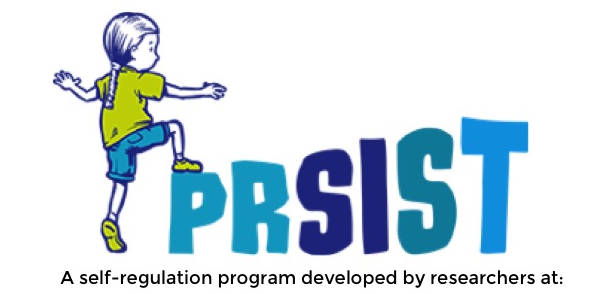
Cognitive Self-Regulation
The world is filled with all sorts of challenges, demands and distractions. There is so much going on that we can’t possibly pay attention to it all. Instead, we need to be able to decide what is important to pay attention to (things that fit with our aims and goals), sustain our attention on those things, and resist distractions along the way. Even when we do focus, and decide a course of action, our first attempts to solve a problem may not be effective. Instead, we have to think of alternative solutions, not being boxed in by our initial idea. We also often need to flexibly switch between tasks, disengaging (e.g., to go to the toilet) and reengaging (e.g., in play) as necessary. All the while, we need to remember rules, aims and instructions, plan what to do, and monitor our progress in doing it. Making things even more complicated, we often receive verbal instructions to do things that are ambiguous, or we are given multiple instructions at once (e.g., pack your toys away and then come sit on the mat). When this happens, we sometimes have to take considered risks in attempting a solution, and deal with disappointment if we are not immediately correct. As with nearly everything, practice makes perfect. The activities that follow aim to engage, challenge and extend these abilities.
These activities focus on cognitive self-regulation – the ability to control and sustain thinking and attention, and resist distraction. These are important abilities for learning and behaviour, as they support the child to focus on what is most important, and filter out what is less important. The skills and abilities that the activities in this section try to promote include, but are not limited to:
- Paying and maintaining their attention
- Directing focus and resisting distraction
- Becoming and remaining engaged in activities
- Being thoughtful and planful before acting




